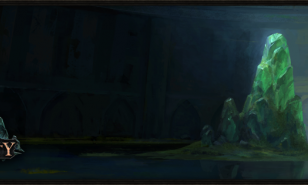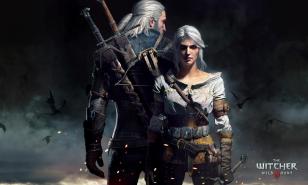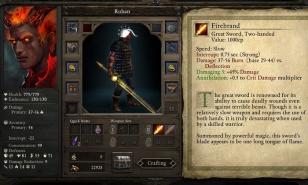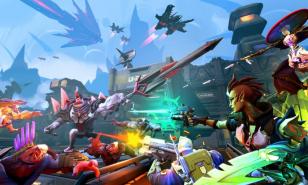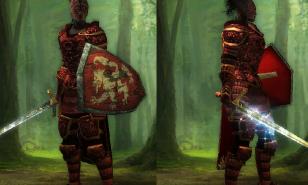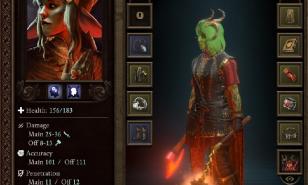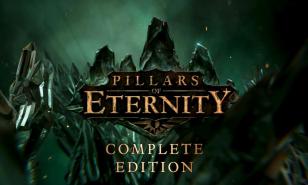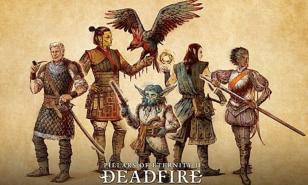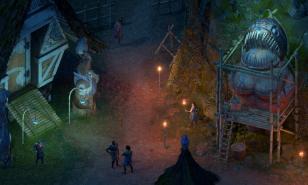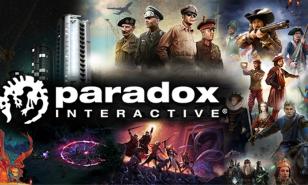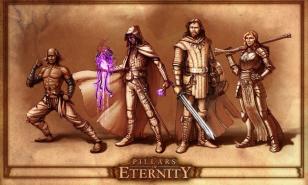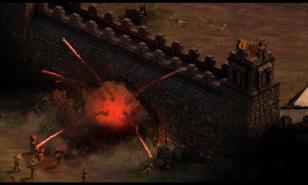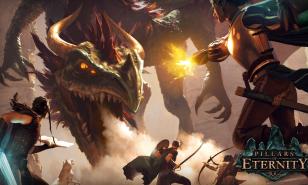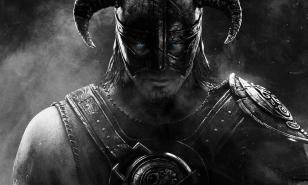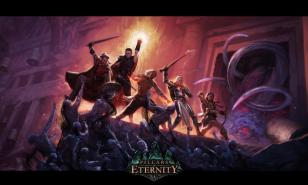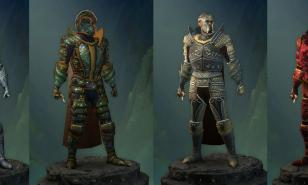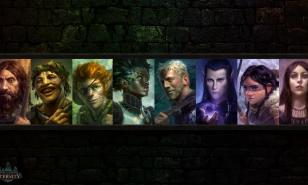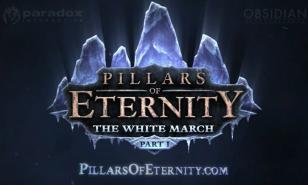Why Pillars Of Eternity Was Almost (But Not Quite) Great

“The spiritual successor to Baldur’s Gate,” they called it. And it was - in a way. But while Pillars of Eternity was not a bad game by any stretch of the imagination, it somehow failed to be the transcendent masterpiece that people wanted out of the great Infinity Engine comeback.
The strange truth is that, while Pillars was intelligent and entertaining and so on, it somehow failed to be all that great or memorable. Why? Here are a couple guesses.
1) The Combat is Kinda Dull

They’re called the “Endless” Paths for a reason.
RPGs don’t have to live or die by their combat. But if you’re going to do a lot of it, making it interesting and spontaneous and dynamic certainly doesn’t hurt. Pillars, unfortunately, is a game with a lot of combat, and it has a problem that is sadly all too common for RPGs: the tactics and strategy are more about the preparation you do outside of fighting than they are about the decisions you make while fighting.
Meaning: once you’ve figured out your party build and your characters’ best general strategy, you’ve won. The actual fighting is just a matter of applying those things over and over again. Cast this, hit that, cast this, hit that.
Yes, playing on a harder difficulty level increases the weight of your decisions, but it eventually still becomes the same thing: you hit a groove, and from that point on you don’t have to adapt. It favors planning over skill. It favors paperwork over action.
That’s not to say that combat isn’t interesting if you push yourself to try different approaches. It’d just be nice if occasionally the game pushed you to do it too.
2) Too Much Writing

Beautifully written. And completely unnecessary.
Pillars has a lot of writing. A LOT. That’s not necessarily bad. Planescape: Torment had a lot of writing, after all. Famously so. But Torment had an excuse: it was first and foremost about the Nameless One, so all the reading and dialogue-ing you did was about fleshing him out as a person.
In Pillars, by contrast, your protagonist is the typical faceless goon so beloved of MMORPGs and hack-and-slash games. Sure, they might express the odd opinion, but they have about as much personality as Gordon Freeman. So the events of the Dyrwood don’t feel personal to the hero - or to you. It doesn’t feel important to know and understand the history of this place.
Basically, reading in games is fine - if the game earns the right to make you do it. Pillars didn’t quite manage it. As a result, even players like me who love reading all the fiddly worldbuilding stuff found it hard to get through the walls of text.
3) The Game Isn’t That Responsive

Which exciting option will you pick? Answer: it basically doesn’t matter!
You’d think a role-playing game so heavy on narrative and intrigue would try to give the player a chance at meaningfully affecting the history of the Dyrwood. Think again! While you can approach individual problems differently, and you get to choose multiple endings, there’s rarely a sense that you actually get to choose your path rather than following a very linear path of breadcrumbs.
At one point in the story, I had to choose between killing a cruel leader and deposing him peacefully. And you know what difference it made? None! Sure, some details were different, but I got to the end of the game and the story had dropped that whole business without a second thought.
Sure, you have Reputations and Dispositions, but those somehow almost never seem to really matter, and they’re a pretty weak substitute for a player character with a personality. It’d almost have been better if they’d been taken out altogether, because they lull you into thinking you’re making deep roleplaying choices where in reality they’re only ever likely to affect one or two side-quests.
Maybe this would be forgivable. Maybe all of these things would be forgivable, if it weren’t for the fact that…
4) The Setting Wasn’t Super Great

The magical setting of Pillars of Eternity: some place that looks like every D&D starting area.
Guess what one of my biggest RPG pet peeves is? NPCs who have no life outside of the player. That one guy who lives in a tent by the river never washes his face, or goes to forage for food, or even sleeps. He just stands there, twiddling his thumbs, waiting for the PC to drop by and say hi so he can deliver his quest and move on to his next pre-programmed behavior.
This made more sense back in the days when isometric RPGs where severely limited by space and processing power. Nowadays, it just makes the world feel artificial in a way story-heavy games really shouldn’t.
But that’s not even the main problem.
The Dyrwood and its history was well thought out and very detailed. But let’s be honest with ourselves: it’s basically the same every other fantasy rip-off of European culture. It even does that annoying Game of Thrones thing of slightly changing terms to make them sound more exotic. (A “duc" is a duke? What a coincidence!)
Torment’s world was a place of floating skulls and zombie workforces, infinite portals and infinite viewpoints. That was why it immediately stuck out from other RPGs - it offered us something new and dangerous, rather than something safe and tested that we’ve seen a million times before. Pillars is almost completely safe in its setting, and so it gives us almost nothing that sticks in the memory.
But That’s Okay!
Listen: not every game has to be a mind-blowing masterwork. Obsidian Entertainment are quality developers, but they didn’t nail it this time. And that’s okay, y’know? There’s still lots of little things to love in this game: the scene of bodies swinging from a tree, the twisted science of animancy, the backstory of Lady Webb…
Even if Pillars wasn’t everything we hoped for it to be, it’s still a damn fine game that’s worth your time. And I don’t know about you, but I can’t help but feel excited for the sequel, Deadfire!
Did you like this article? Why not check out:
Like Pillars Of Eternity Or Baldur’s Gate? Then Check Out Tyranny, A New RPG From Obsidian Entertainment
Pillars Of Eternity: 10 Important Things To Know
Poll: Which Is The Best Class In Pillars of Eternity?
Pillars of Eternity: The White March - 5 Great Things You’ll Love About The Expansion
- Log in or register to post comments
 Home
Home PC Game Trailers
PC Game Trailers News
News Menu
Menu


